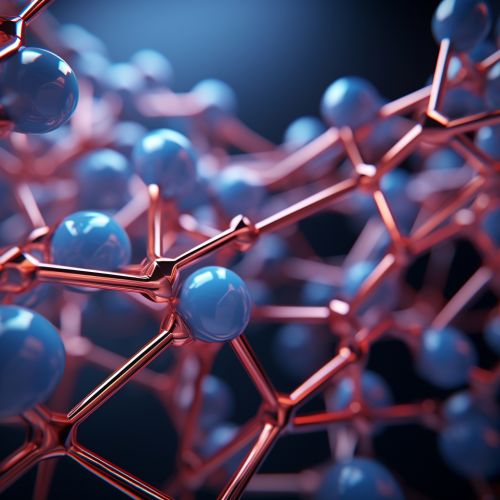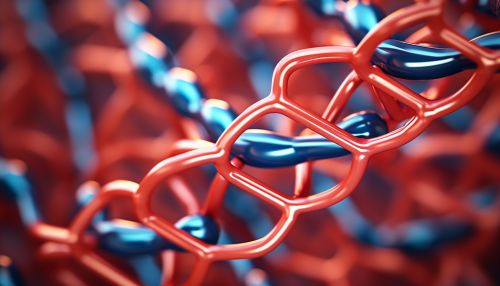Protein Structure
Introduction
Proteins are fundamental biomolecules that play crucial roles in virtually all biological processes. They are composed of amino acids, which are linked together in a specific sequence by peptide bonds. The sequence of amino acids in a protein is determined by the sequence of a gene, which is encoded in the genetic code. The structure of a protein is critical to its function and is determined by a complex array of interactions between the amino acids and their environment.


Primary Structure
The primary structure of a protein refers to the sequence of amino acids that make up the protein. This sequence is determined by the gene that encodes the protein. Each amino acid in a protein is linked to its neighbors by a peptide bond, which is formed in a dehydration reaction that removes a water molecule. The peptide bond is a covalent bond, meaning it involves the sharing of electrons between atoms.
Secondary Structure
The secondary structure of a protein refers to the local spatial arrangement of the protein's backbone atoms without regard to the conformation of its side chains or to its relationship with other sequences. The two most common types of secondary structures are the alpha helix and the beta sheet. These structures are stabilized by hydrogen bonds between the backbone atoms of the amino acids.
Tertiary Structure
The tertiary structure of a protein refers to the three-dimensional structure of the entire protein molecule, including the side chains. This structure is determined by a variety of interactions, including hydrogen bonding, ionic bonding, disulfide bridges, and hydrophobic interactions. The tertiary structure is critical to the protein's function, as it determines the positioning of the protein's active site and other functional groups.
Quaternary Structure
The quaternary structure of a protein refers to the arrangement of multiple protein subunits in a multi-subunit complex. Not all proteins have a quaternary structure; those that do are known as multimeric proteins. The subunits in a multimeric protein can be identical or different, and they can be held together by a variety of interactions, including hydrogen bonding, ionic bonding, disulfide bridges, and hydrophobic interactions.
Protein Folding
Protein folding is the process by which a protein structure assumes its functional shape or conformation. It is the physical process by which a polypeptide folds into its characteristic and functional three-dimensional structure from random coil. The correct three-dimensional structure is essential to function, although some parts of functional proteins may remain unfolded. Failure to fold into native structure generally produces inactive proteins, but in some instances misfolded proteins have modified or toxic functionality.
Protein Structure Determination
Protein structure determination is a process to elucidate the three-dimensional structure of a protein. Techniques used for protein structure determination include X-ray crystallography, Nuclear magnetic resonance spectroscopy, and Cryo-electron microscopy. These techniques provide detailed information about the positioning of atoms within a protein, which can be used to infer the protein's function.
